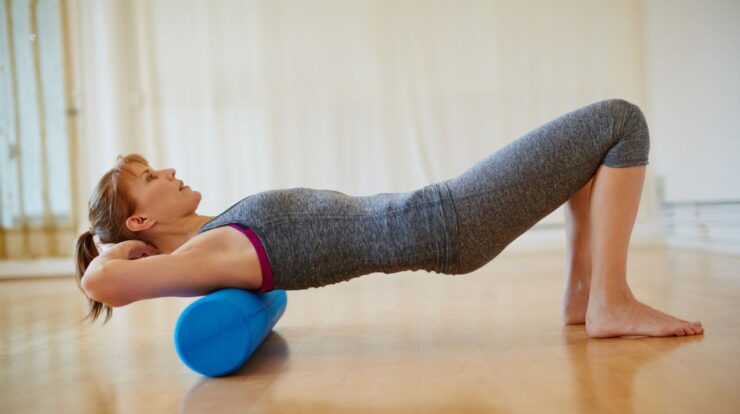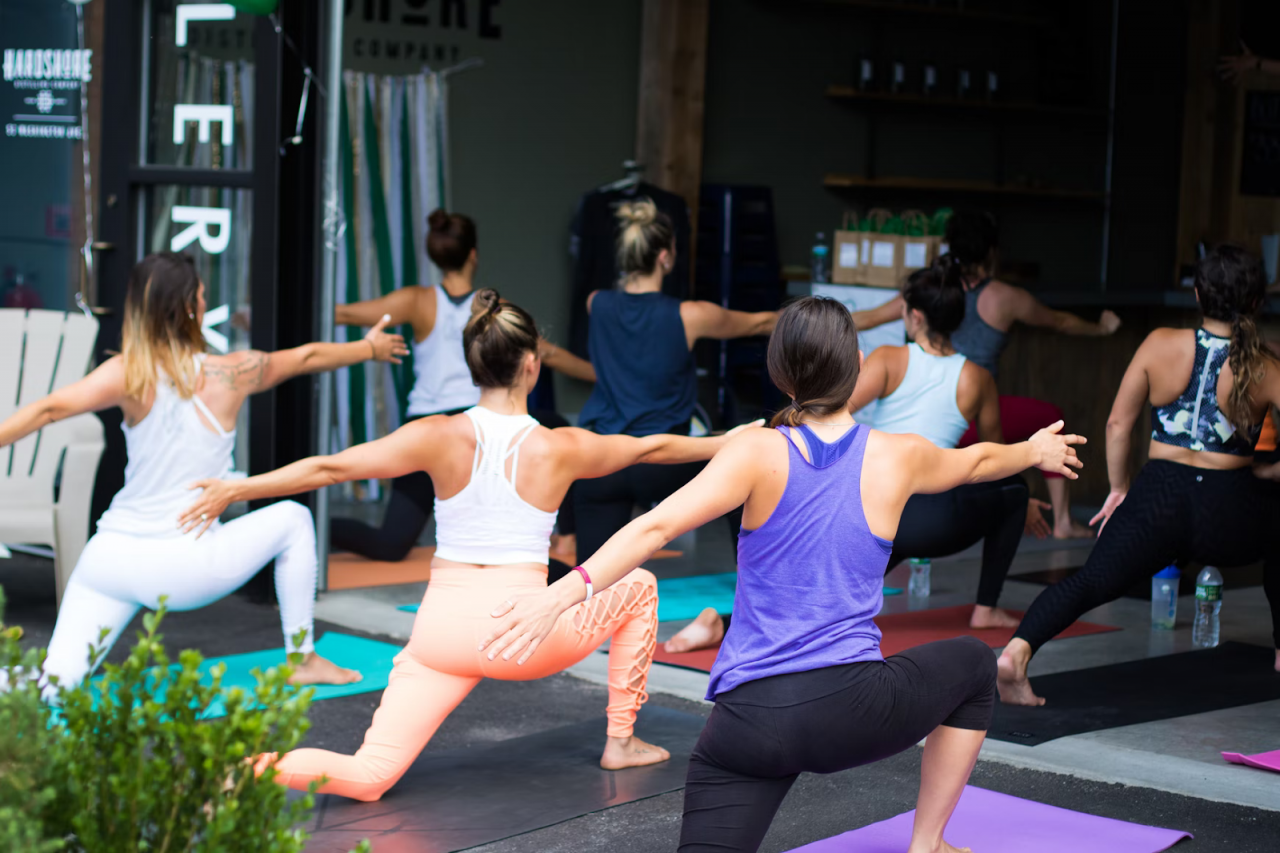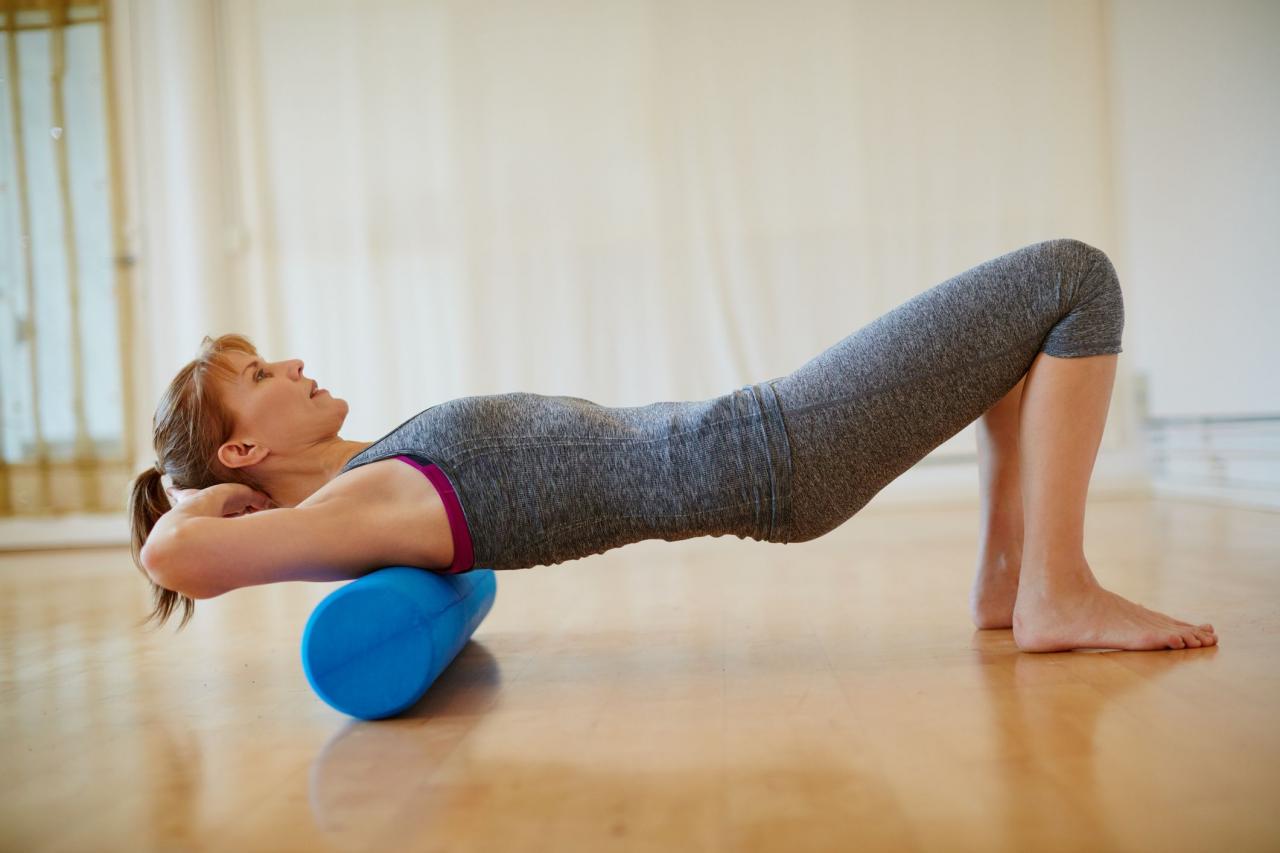
Explain why regular exercise is the best way to prevent flexibility issues. – Regular exercise is the best way to prevent flexibility issues. Flexibility is crucial for overall well-being, reducing the risk of injury and improving mobility. Regular exercise helps maintain and enhance flexibility, mitigating the natural decline that occurs with age.
Specific exercises like stretching, yoga, and Pilates are particularly effective for improving flexibility. By incorporating these exercises into a daily routine, individuals can maintain flexibility throughout their lifespan.
With Mother’s Day approaching, many are searching for the perfect way to express their gratitude. Whether it’s a heartfelt message or a thoughtful gift, happy mothers day wishes can make all the difference. For those looking to relieve lower back pain, exercises to relieve lower back pain can provide significant relief.
And for those wanting to target stubborn lower back fat, a tailored workout routine featuring exercises for lower back fat can be highly effective.
Importance of Flexibility

Flexibility refers to the range of motion around a joint. It’s essential for overall well-being, enabling us to move gracefully, perform daily activities efficiently, and reduce the risk of injuries. Reduced flexibility, on the other hand, can lead to mobility limitations, increased risk of injury, and discomfort.
Benefits of Regular Exercise for Flexibility
Regular exercise is crucial for maintaining and improving flexibility. It helps elongate and strengthen muscles, increasing their range of motion. Specific exercises that are particularly effective for enhancing flexibility include stretching, yoga, and Pilates.
To alleviate discomfort in the lower back, consider implementing exercises to relieve lower back pain . These targeted movements can effectively address the underlying causes of pain and improve overall mobility. Additionally, on this special Mother’s Day, let’s extend our heartfelt happy mothers day wishes to all the extraordinary women who nurture and guide us.
Flexibility and Aging, Explain why regular exercise is the best way to prevent flexibility issues.
As we age, our flexibility naturally declines. However, regular exercise can mitigate this decline and maintain flexibility throughout the lifespan. Exercise stimulates the production of synovial fluid, which lubricates joints and prevents stiffness.
Exercise Programs for Flexibility
To improve flexibility, it’s recommended to incorporate flexibility exercises into a regular exercise routine. Frequency, duration, and intensity should be tailored to individual needs and abilities. It’s essential to start gradually and increase the intensity and duration of exercises over time.
- Frequency: Aim for 2-3 flexibility sessions per week.
- Duration: Each session should last for at least 15-20 minutes.
- Intensity: Exercises should be challenging but not painful.
Tips for incorporating flexibility exercises into a daily routine:
- Stretch after a warm-up.
- Hold each stretch for 10-30 seconds.
- Breathe deeply while stretching.
Safety Considerations
It’s important to warm up before stretching and cool down afterward. Proper stretching techniques should be followed to avoid injury. Some individuals may have contraindications to certain types of flexibility exercises, such as those with joint problems or recent injuries.
Last Point: Explain Why Regular Exercise Is The Best Way To Prevent Flexibility Issues.

To ensure safety, it’s essential to warm up before stretching and cool down afterward. Proper stretching techniques should be followed to avoid injury. Designing an exercise program that focuses on flexibility, including frequency, duration, and intensity, is crucial. By following these guidelines, individuals can reap the benefits of regular exercise and enjoy the enhanced flexibility it brings.
FAQ Insights
How often should I exercise to improve flexibility?
Aim for at least two to three sessions per week dedicated to flexibility exercises.
Is stretching the only way to improve flexibility?
While stretching is a key component, incorporating exercises like yoga and Pilates provides a more comprehensive approach to enhancing flexibility.
Can I improve my flexibility even if I’m older?
Regular exercise can mitigate the natural decline in flexibility with age, helping maintain flexibility throughout the lifespan.





